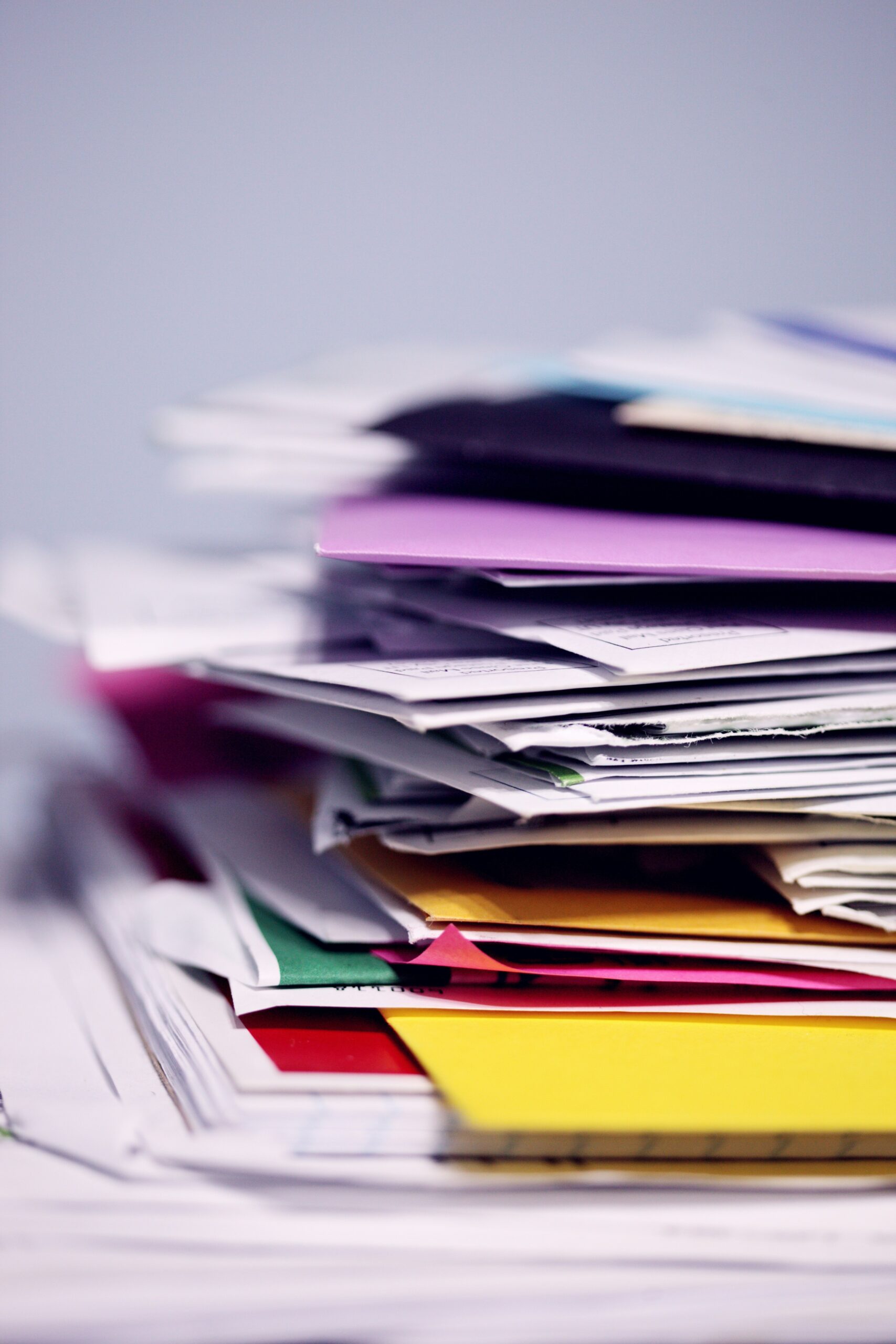Table of Contents
- Decluttering isn’t just about throwing things away.
- 4 tips for a clutter-free home:
- Be proactive: Give something up first.
My self-care routine is pretty solid. I eat well, exercise several times a week and prioritize my sleep habits. But, it wasn’t until I got serious about decluttering that I started to feel lighter and more relaxed.
Decluttering. You may be thinking of heavy boxes, dusty storage units, piles of paperwork, trash and a whole lot of sweat equity! And although some of that imagery has been part of my recent decluttering journey, I’ve felt a strong connection between having less clutter and having more mental clarity.
A Princeton University study revealed that our environment can negatively or positively impact our ability to complete tasks as well as either improve or worsen our mental health. Basically, if your physical environment is a mess – papers all over your desk, a walk-in closet you can’t walk in, a disorganized kitchen pantry – it can encourage feelings of anxiety, a lack of confidence and even sadness.
Decluttering isn’t just about throwing things away.
While it’s always a good idea to trash the junk, decluttering is more about reclaiming your time, energy and space for whatever brings you joy. It’s about cultivating a mindset of abundance and energizing you into a more productive mood. Decluttering requires problem-solving: what to keep, what to sort, what to toss or donate.
Also, cleaning, sorting and organizing is visually satisfying as you get to see the mounting piles get smaller and the surfaces get cleaner.
Decluttering is a mindfulness practice.
You focus on the item in your hand, one item at a time, and then you decide what to do with it without ruminating on it. If you’re not sure what you want to do with it, you set it aside and come back to it at a later date. This is similar to how we treat our thoughts as they arrive during meditation – observe, decided what to do in that split second, if anything, set it aside for another time or let it go completely.
And repeat until the entire process becomes seamless.
Decluttering isn’t about deprivation.
Keep what you love, honor what holds value and treat every item with care.
Decluttering isn’t a punishment.
It feels daunting when you think of it as a chore, but when you reframe it as a practice to cultivate abundance, you can enjoy the practice of making room for what matters to you.
4 tips for a clutter-free home:
1. Start small
You don’t have to tackle your entire home in one weekend. Start with one room or even a single drawer in a single room, and give that space your full attention. Do more as your energy increases, but don’t exhaust yourself or you’ll give up too soon.
2. Set a timer
Do not sit down to “take a lil break” in the middle of decluttering. That is a trap; you will not get the job done. Instead, set a timer and commit to doing as much as you can in that time. I like to do this at the end of each day – I call it my “10-min tidy.” This helps make decluttering a habit and it keeps stuff from piling up.
3. Lead by example
I recently asked my IG audience, “What’s the most difficult part of decluttering?” The number one answer was that it’s difficult to declutter when you live with someone who likes to collect and keep junk (i.e. kids and husbands). I, too, have a husband who likes his stuff!
So, when I set out to tackle the garage earlier this month, I was only planning to focus on my stuff and some of the products that were left over from the previous owners when we bought the house – mostly paint cans and cleaning products. I was also cleaning out the deep freezer – I wasn’t going to touch anything that belonged to him.
When he saw my progress he said, “I guess I could see what’s in a few of my boxes, too…”
4. Ask a friend for help
If you’re an over-thinker like me, you might find it helpful to ask a friend to help you. In my case, my friend has been my mom who has helped tell the story of a lot of the items my grandparents left behind. Turns out that some of the antiques I thought were valuable to my grandmother were actually just trinkets she collected but never used. And other items I thought were junk were thoughtfully chosen by her during a deployment to Germany. Hearing the history behind the items helped me decide what value they had to me. A second opinion helps!
Be proactive: Give something up first.
A proactive way to address clutter is to be intentional about acquiring new items. For example, before you buy another piece of clothing, donate an item that you don’t wear. Before you buy another book, donate one that you’ve finished and don’t plan to re-read.
Start today: Empty a single kitchen drawer. Unsubscribe from unwanted emails. Remove unworn pieces from one section of your closet. Sort through paperwork and documents from the past year. Check expiration dates of everything in the fridge. Clear off your desk.
Which decluttering tip are you going to try first?
—
Need help decluttering your home but not sure where to start? Subscribe to my free decluttering email series – packed with best practices, sustainable tips and a helpful checklist to keep you on track.

